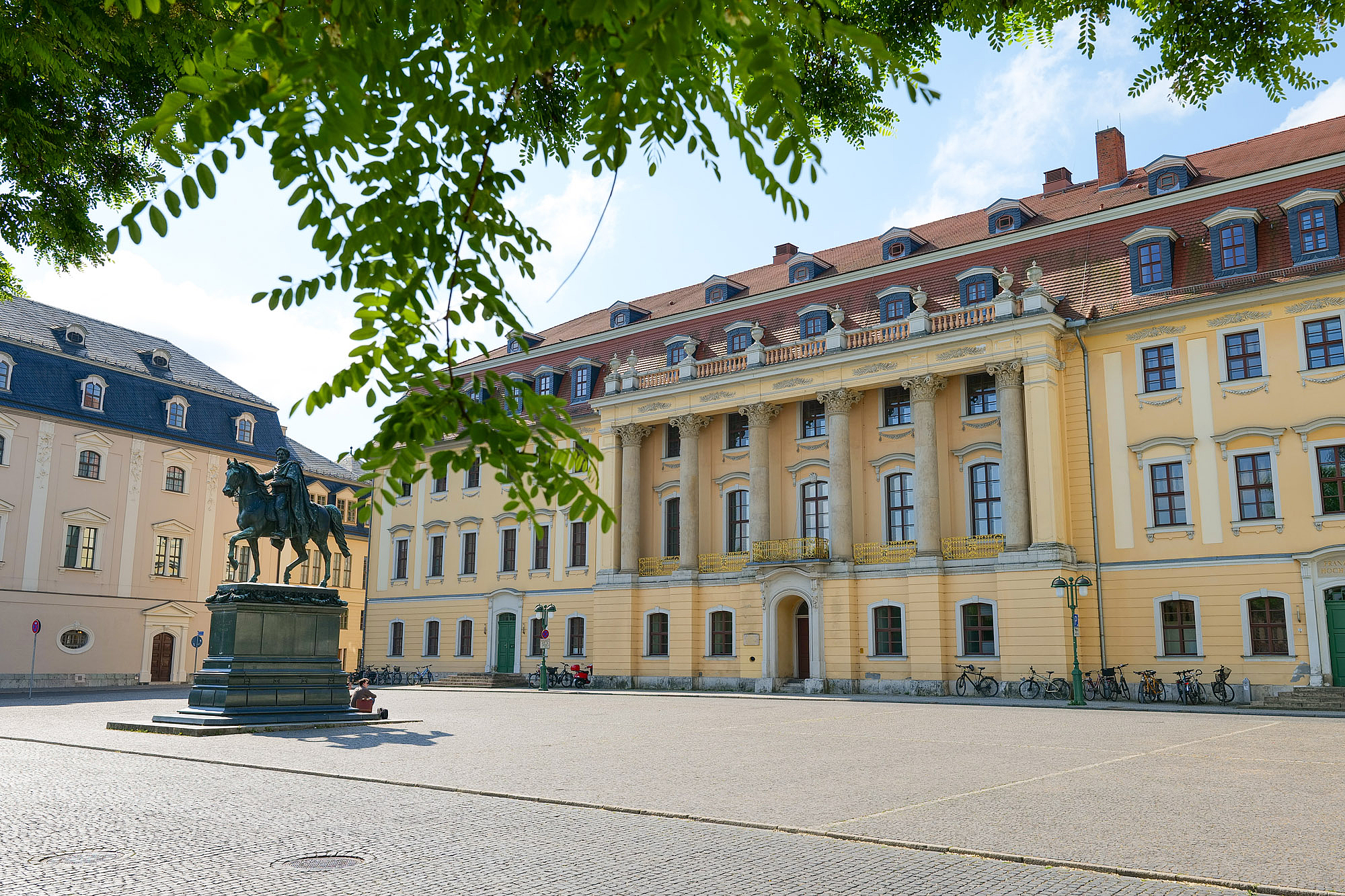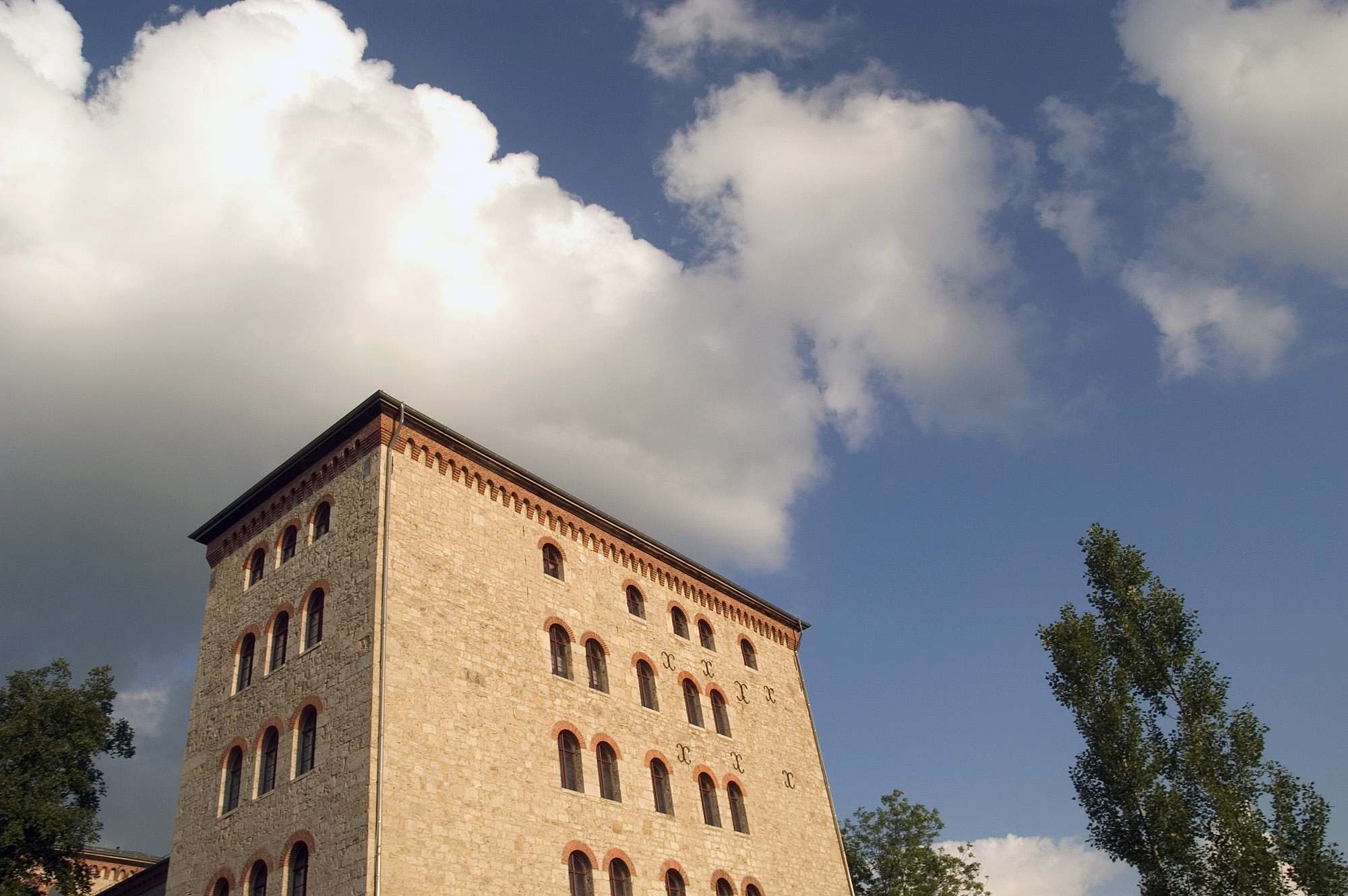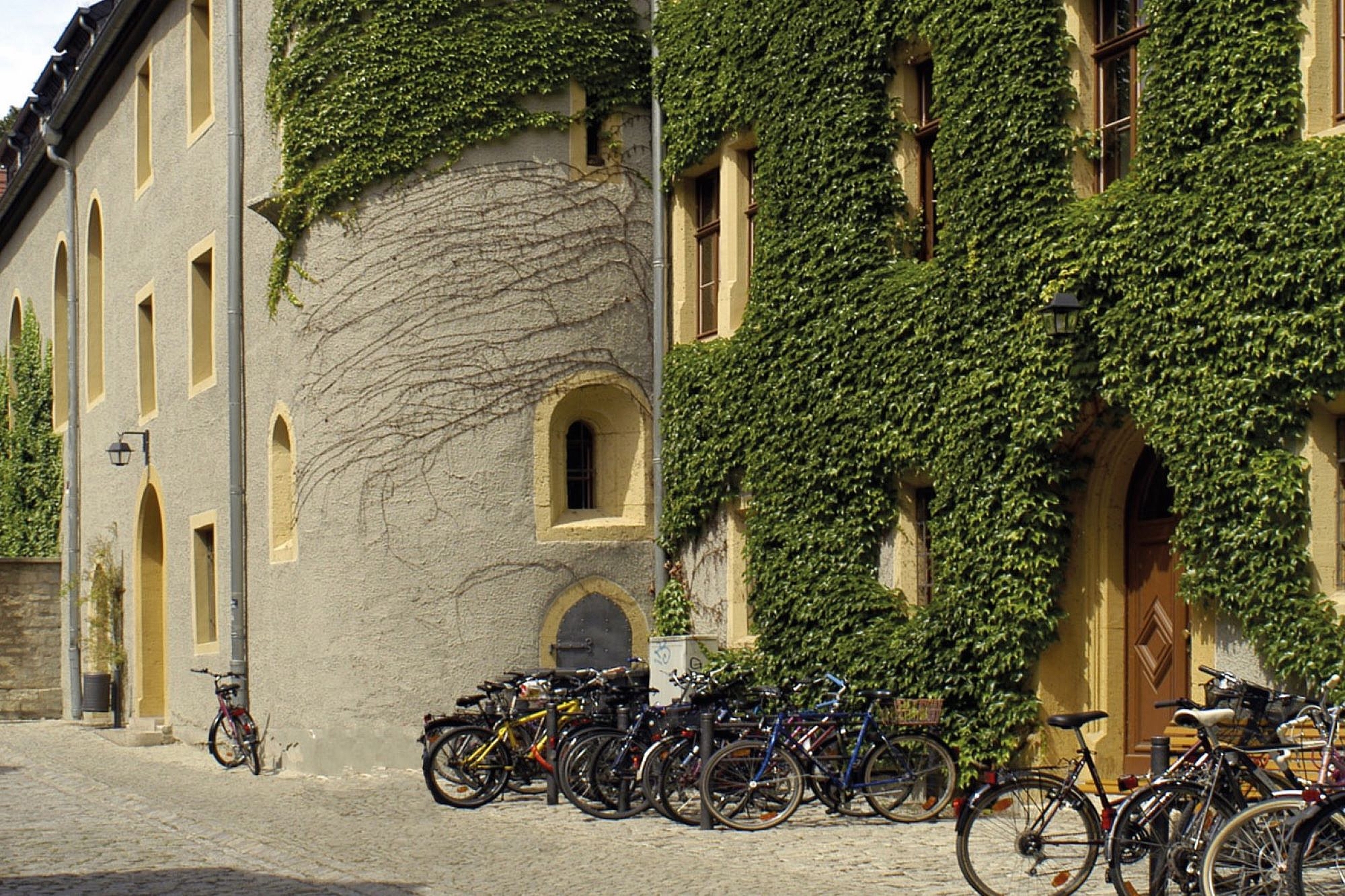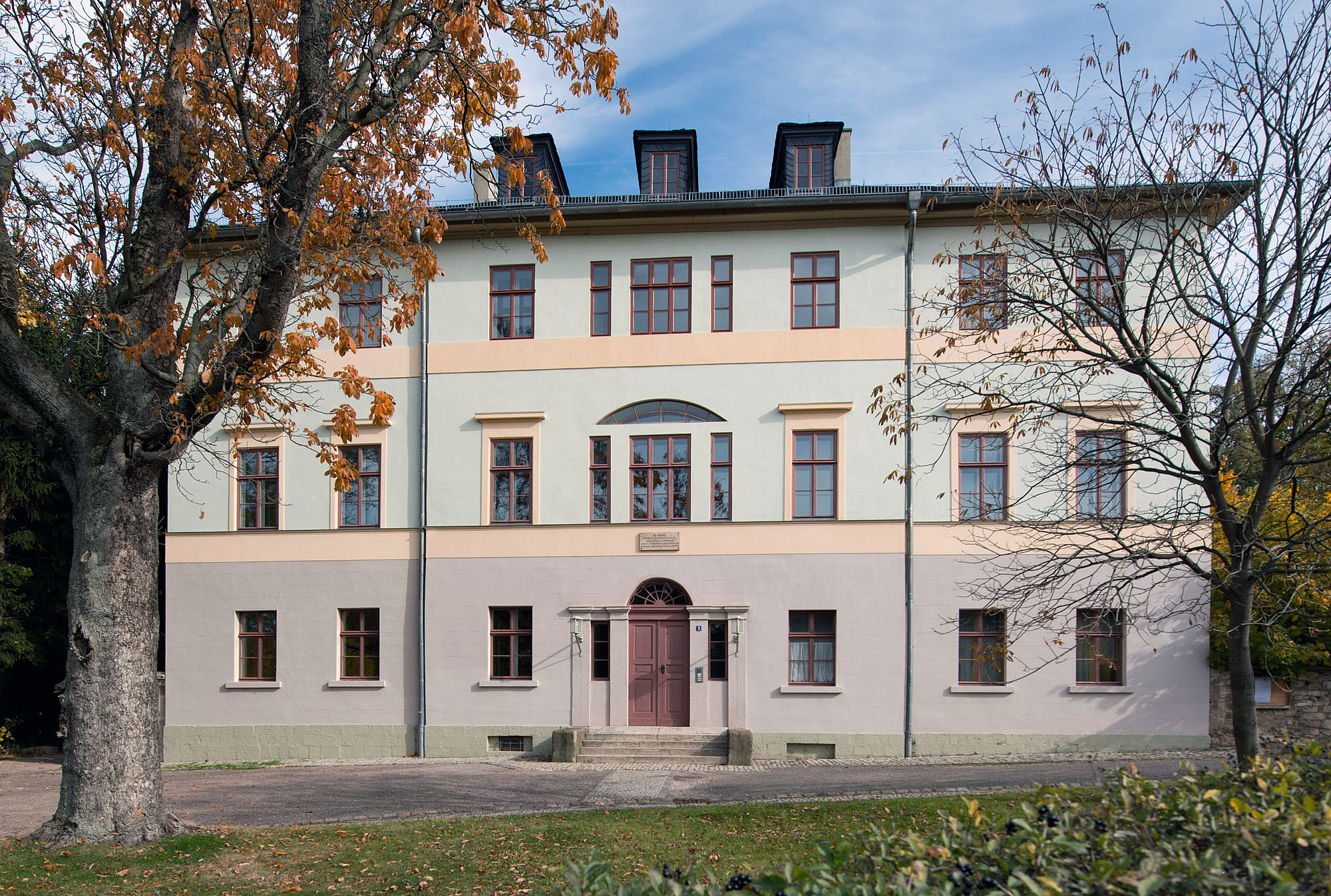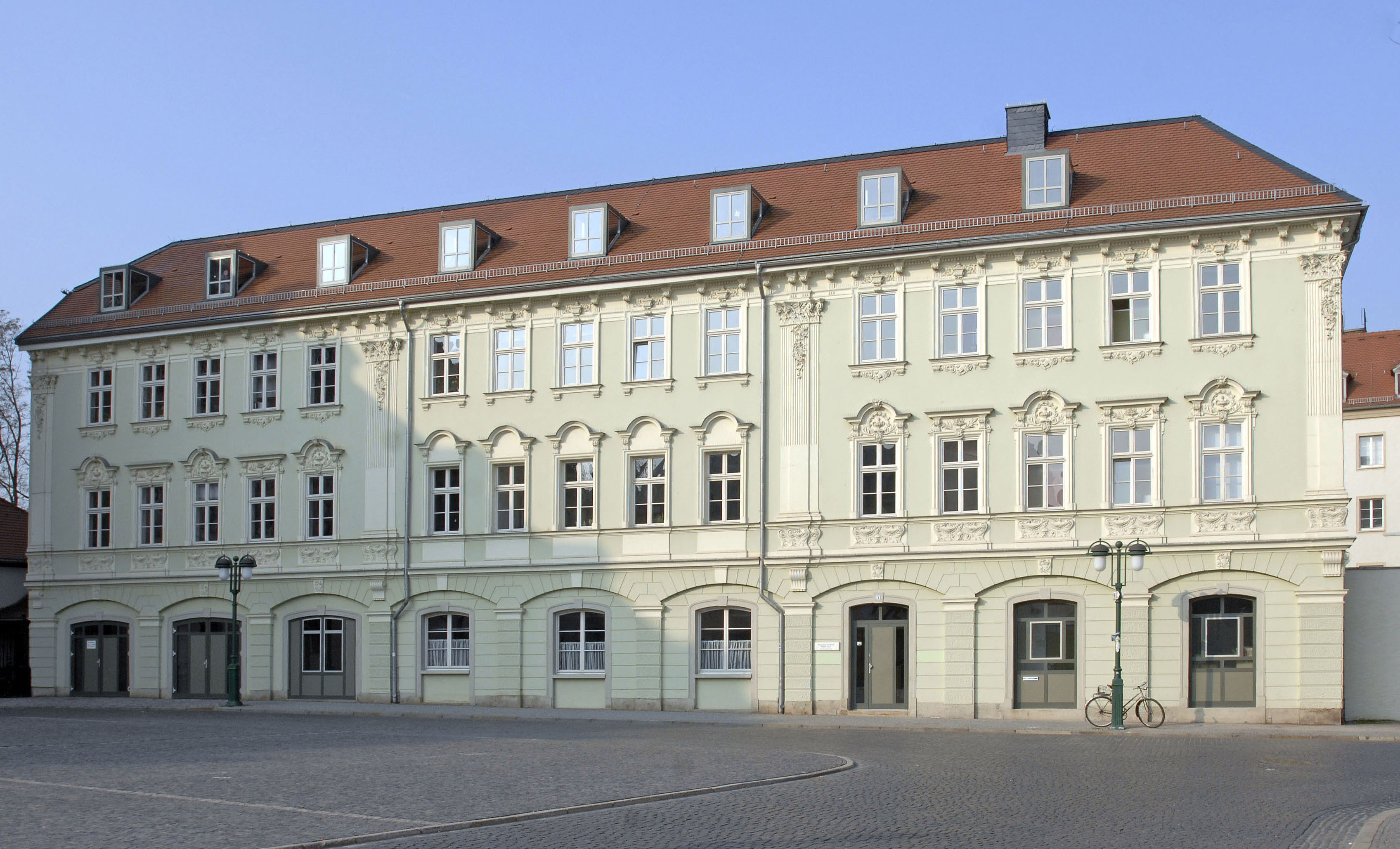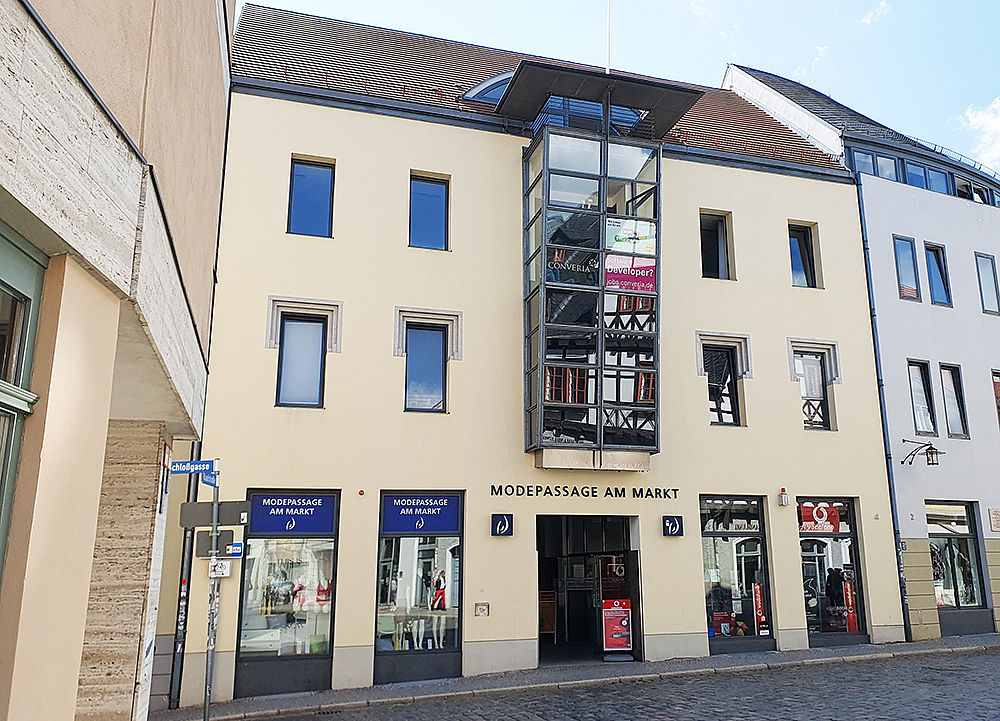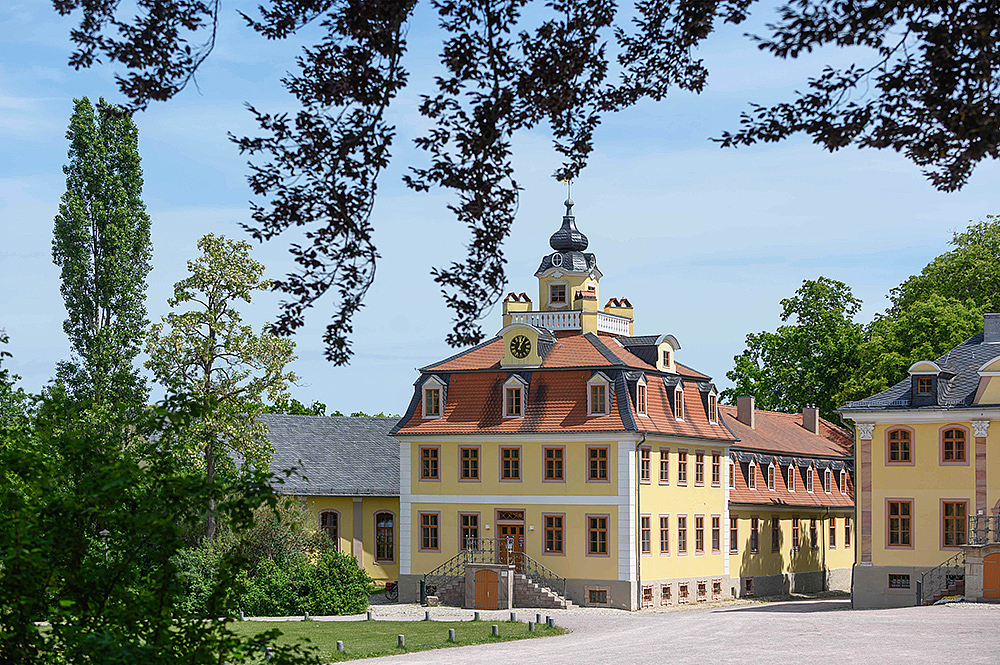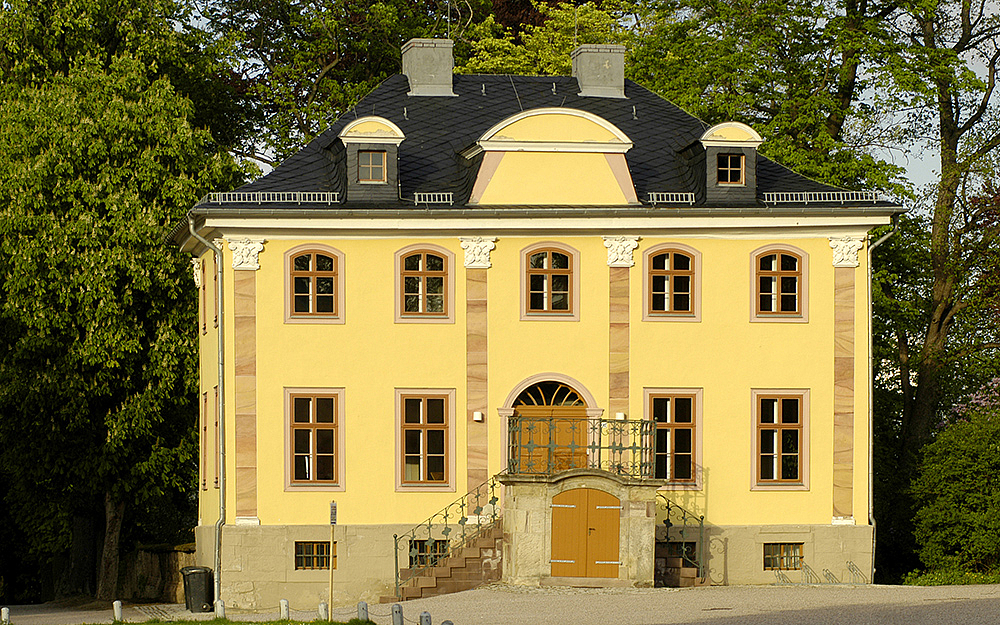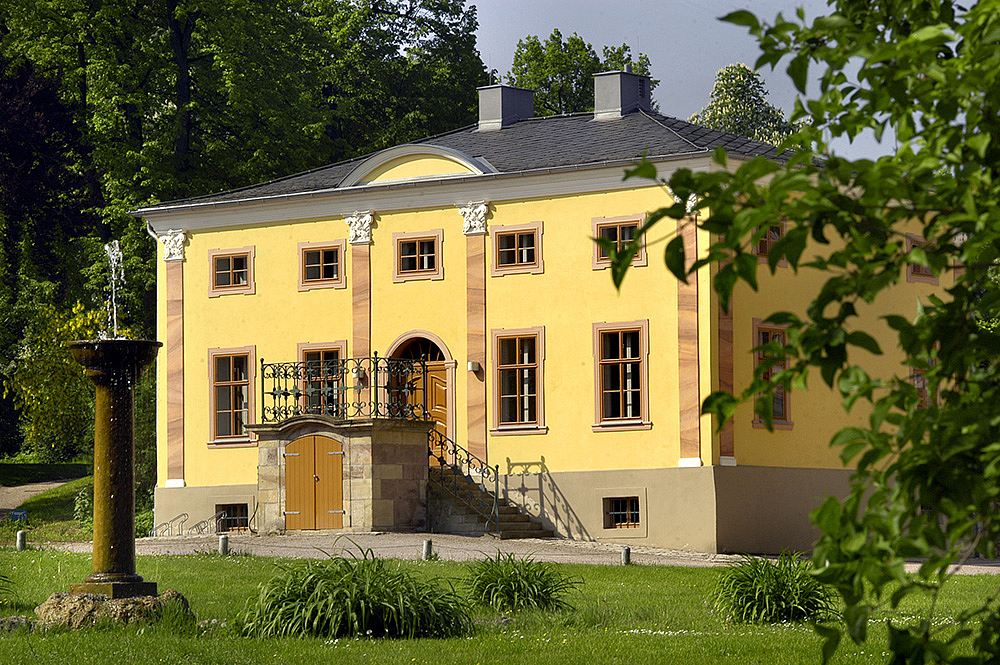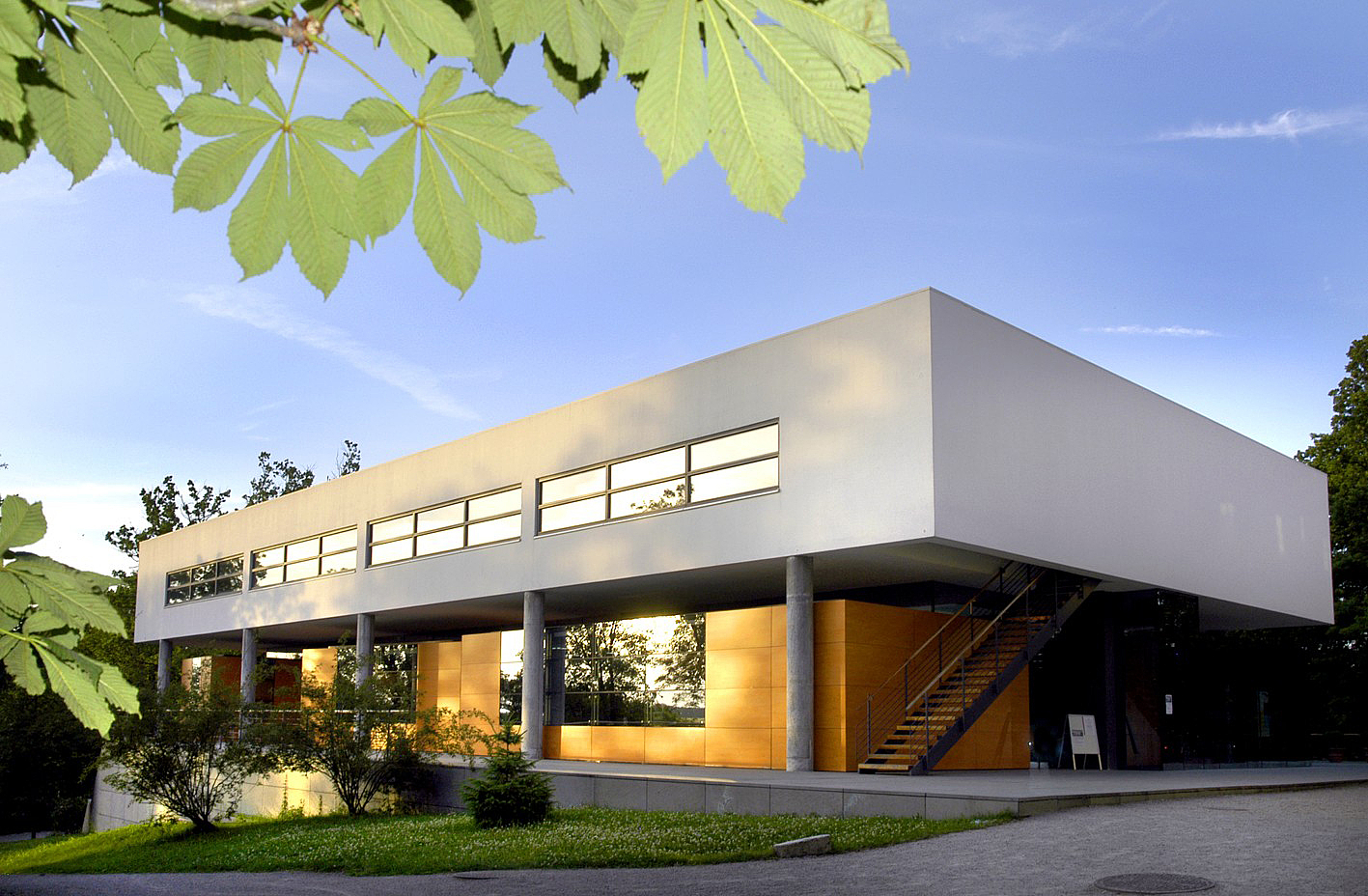University buildings from above
When this video is played, personal data is transmitted to YouTube. If you agree, click the "Start Video" link. You can find further information in our Privacy Policy.
When this video is played, personal data is transmitted to YouTube. If you agree, click the "Start Video" link. You can find further information in our Privacy Policy.
